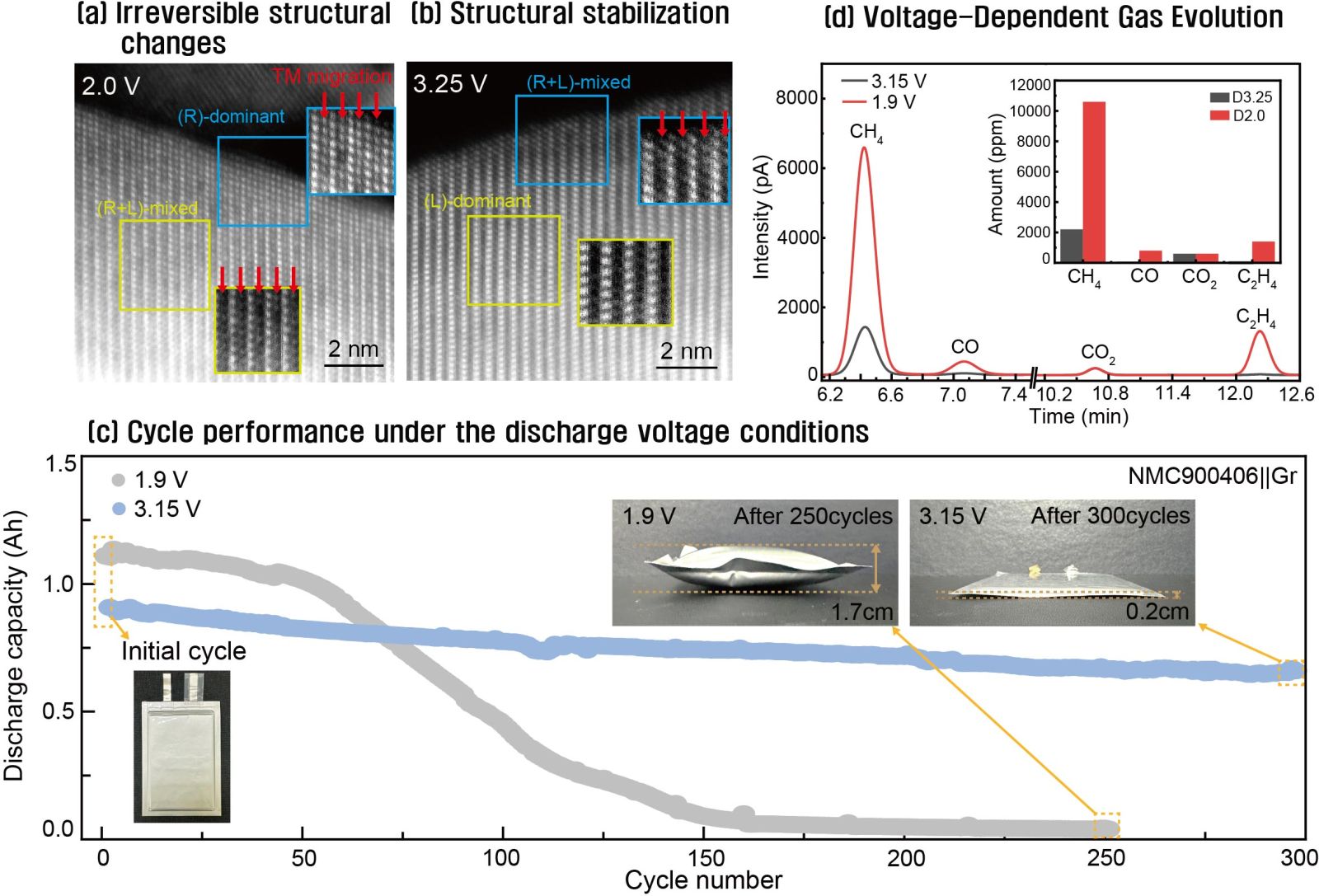The overlooked role of discharge in battery wear 🔋
Follow us on Google News (click on ☆)

Scientists from POSTECH University and Sungkyunkwan University have uncovered a phenomenon called 'quasi-conversion reaction'. This process, which occurs during discharge, leads to the formation of lithium oxide and accelerates battery wear, particularly in nickel-rich cathode batteries.
Lithium-ion batteries often use nickel-manganese-cobalt (NMC) cathodes. The industry has increased nickel content to reduce costs, but this also reduces battery longevity. The new study reveals that deep discharge is a key factor in this degradation.
Contrary to popular belief, it's not overcharging but discharging that causes oxygen loss at the cathode surface. This loss reacts with lithium to form lithium oxide, generating gases and damaging the battery. Tests showed nickel-rich batteries are more sensitive to this phenomenon.
The proposed solution is simple: avoid complete discharges. Batteries tested with this method retained 73.4% of their capacity after 300 cycles, compared to just 3.8% for deeply discharged ones.
This discovery paves the way for more durable batteries. Researchers emphasize the importance of considering discharge in future lithium-ion battery development.

Comparison of battery performance based on discharge mode.
Credit: POSTECH
Why are nickel-rich cathodes more sensitive to degradation?
Nickel-rich cathodes are favored for their high energy capacity and reduced cost compared to cobalt-containing cathodes. However, their structure makes them more vulnerable to degradation during discharge.
The high nickel content promotes oxygen loss at the cathode surface, a phenomenon that intensifies with deep discharge. This oxygen loss leads to lithium oxide formation and secondary reactions with the electrolyte.
These reactions not only decrease battery capacity but also cause swelling and accelerated degradation. Researchers found these effects are significantly less pronounced when the battery isn't fully discharged.
This increased sensitivity of nickel-rich cathodes to deep discharge highlights the importance of developing optimized usage strategies to maximize their lifespan.